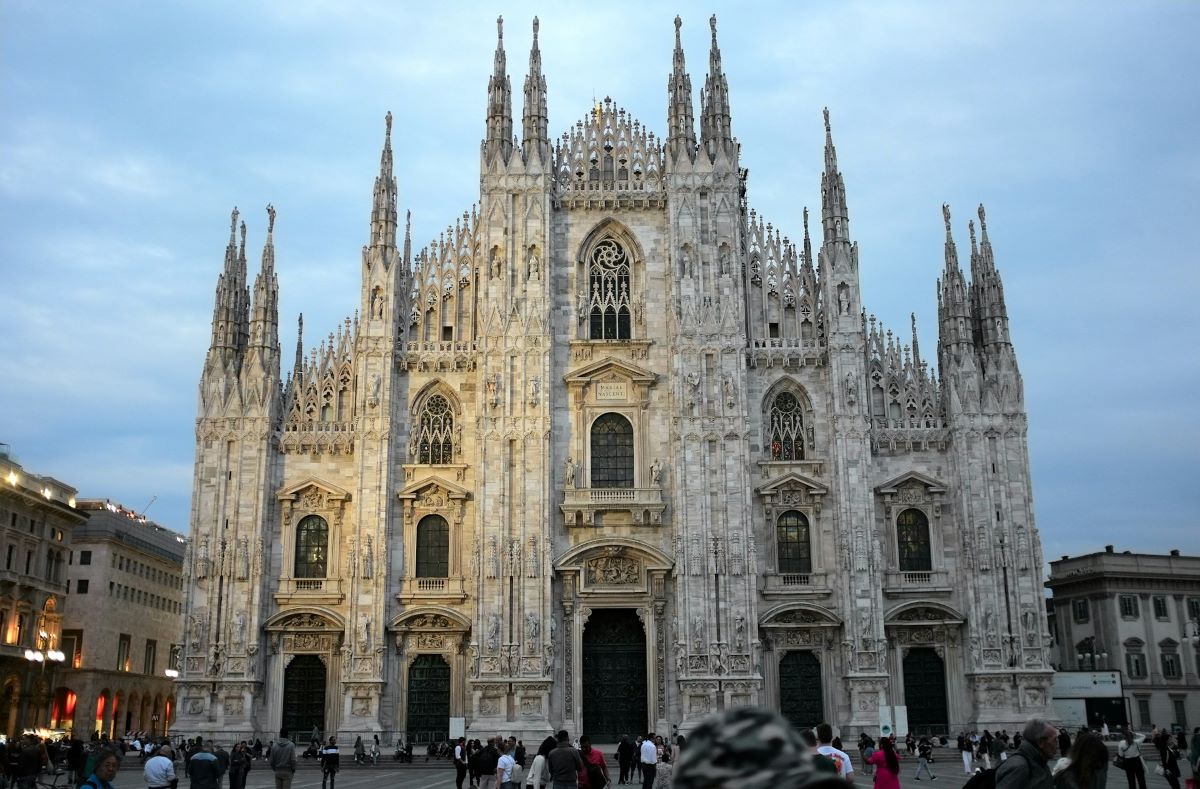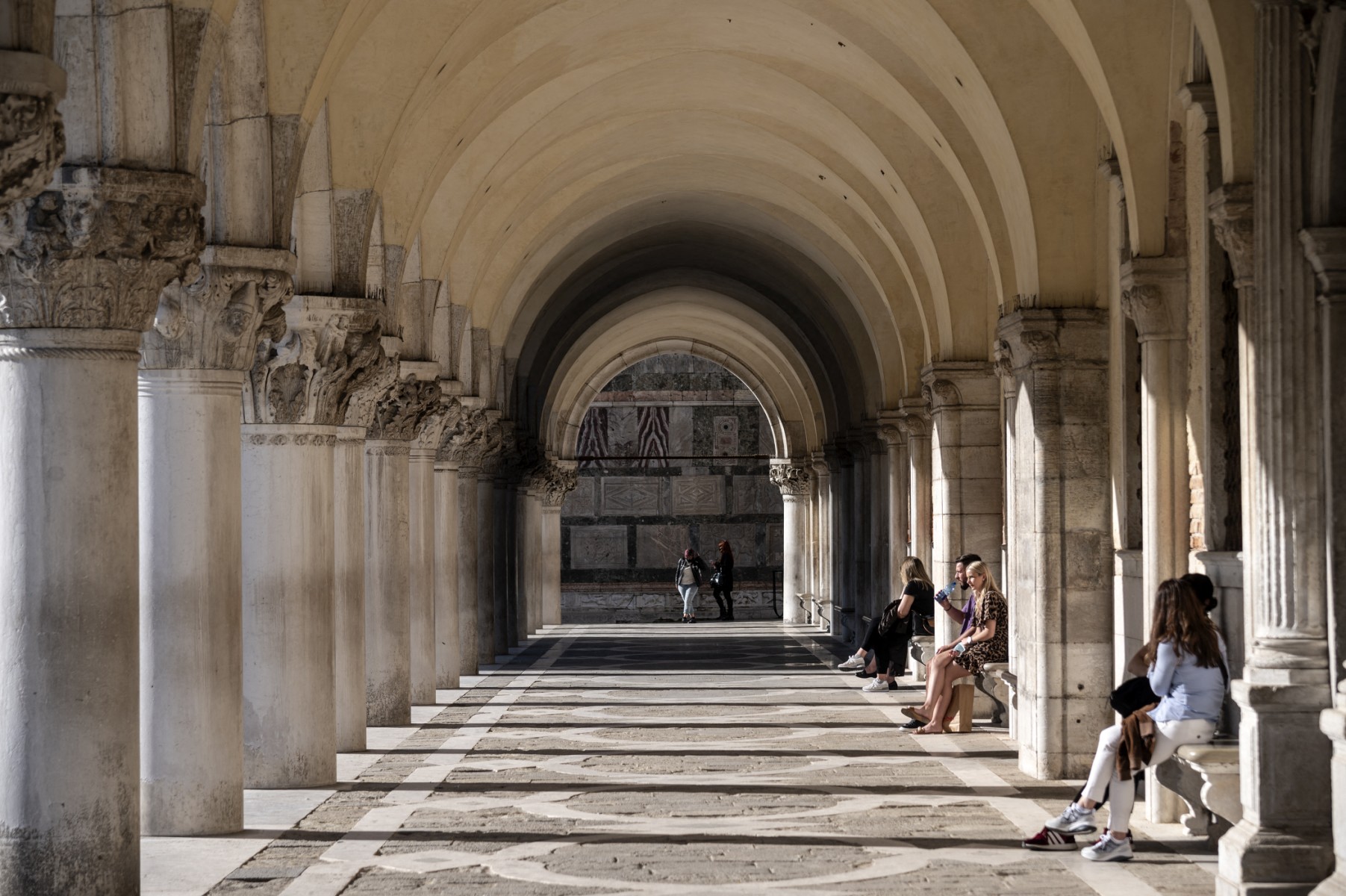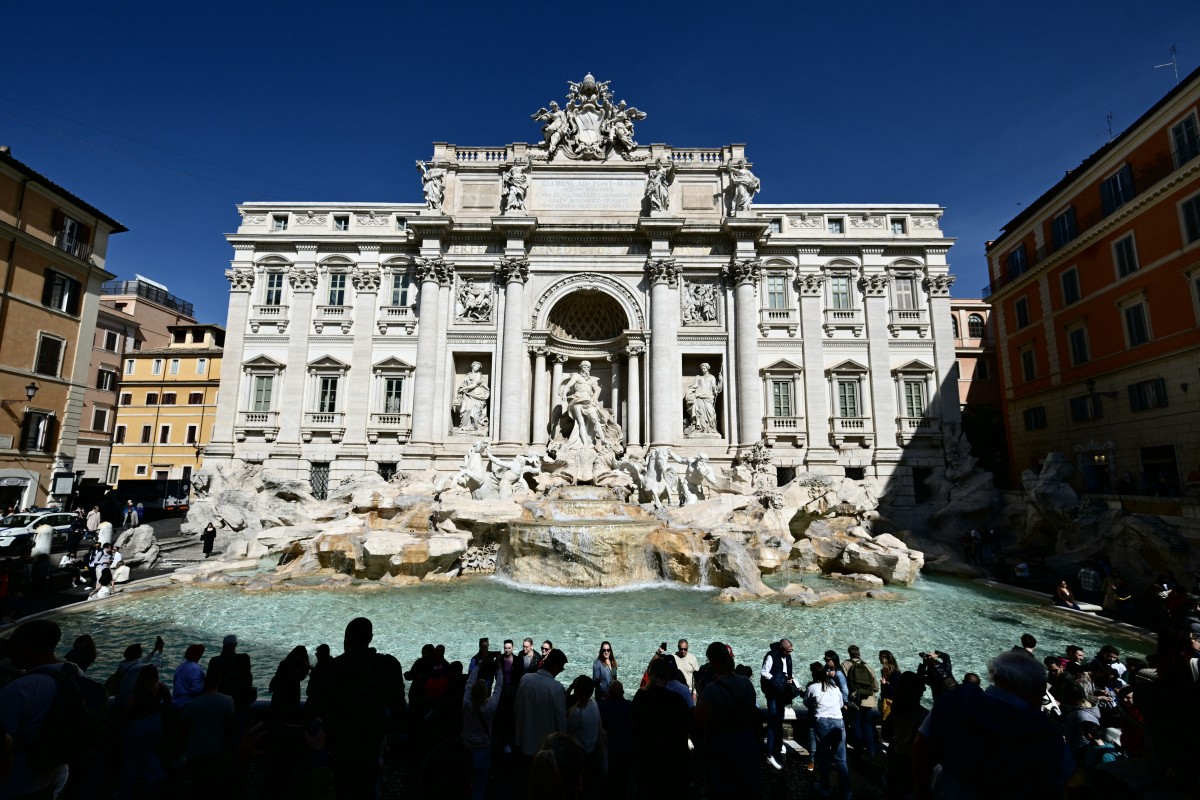We’re all aware of rising temperatures and changeable weather, but I believe the impact of the climate crisis has particularly big implications for Italian tourism.
The idyllic Italian lifestyle is not just about living in a quaint rural village, eating fresh produce, enjoying the views and locations, and blending in with locals. It also entails savoring a mild, friendly climate. The phrase ‘under the Tuscan sun’, although a cliché, highlights exactly this weather idyll that visitors adore.
But now, climate change is negatively impacting tourism in Italy.
READ ALSO: Mass tourism is back in Italy – but the way we travel is changing
Foreigners have long flocked to Italy for the year-round warm and sunny climate. I’ve met Germans and Swedes happily swimming in the sea in November, American tourists wearing shorts in December, or scuba diving without wetsuits. It has been heaven to them, and it still is for those less aware of certain weather changes, which are often just perceived by locals or foreigners who have been living in Italy for a while.
A few foreign residents living in the deep south recently told me they fear the sizzling hot summer, and they already hate those scorching summer days when they are forced to stay shut at home with AC on full power.
Going forward, summers are bound to get warmer, not in a stable, gradual way, but whimsically. I often wonder what kind of job being a meteorologist is. Weather will get more unpredictable in Italy than anywhere else in the world.

There are no longer distinct boundaries between seasons. Winters are warm. April used to be already beach time, but at Easter, just looking out the window, I felt depressed. Rainy, humid nights with violent gusts of wind at my place have killed all the flowers. My garden table got thrown yards away.
READ ALSO: Climate crisis: Italy records ‘five times’ more extreme weather events in ten years
While summers have become crazy: one minute the sun shines, the next it rains, then the sun shines again, or it is sunny and rainy. Less than ten years ago, Italy enjoyed six months of warmish weather, and I used to live at my summer house for half of the year. Now, I only stay there in July. Weather has become more dangerous, with even tornadoes like the one that struck the island of Pantelleria a few years ago.
I call this type of tempo (meaning time but also weather in Italian) un tempo senza tempo – an unidentified ‘weather without weather’.
In the long run, this will further affect travel trends. A few hoteliers I spoke to on Ponza Island off Rome’s coast complained that they had lost all of their bookings in April. The sea was rough, and the hydrofoils never landed. As a result, they are now forced to increase rates to make up for losses.
There is a lot of concern about the impact of climate change in the hospitality sector, with many operators fearing it will be like a long pandemic-style saga that has yet to unravel.

A recent report by Italy’s government alarmed me. Estimates on the tourism sector based on the simple variation “in thermal comfort conditions” indicate that “in a scenario of a temperature increase of 2 degrees,” there is a risk of a 15 percent reduction in international arrivals, and of 21.6 percent in the event of a 4-degree increase. Losses for the Italian economy are estimated between 17 and 52 billion euros.
READ ALSO:
- ‘Uncharted territory’: Europe faces more deadly droughts and extreme heat
- How climate change left Italy’s ski resorts fighting for survival
- Climate crisis: Turin to be ‘as hot as Texas’ within 30 years
Italy’s famed Mediterranean climate could lose its attractiveness because it will be either too hot or too unstable even just to plan a trip from abroad. Climate change is already affecting travel trends, though to a small degree for now.
An American couple I know wanted to visit Sicily in July, but given the husband can’t stand excessive heat, they settled instead for Bolzano (and even up north, heat peaks are frequent).

Inbound tourism from Asia will also be affected: Italy has always been the most visited European country by Chinese travelers, who often do not like scorching sun and high temperatures, and who are easily spotted walking around under sun umbrellas and white layers of sunblock.
Seasonal food, another tourist lure, is already a victim of the weather. Markets sell melons from Tunisia and oranges from Egypt. Iconic dishes made with fresh tomatoes and other produce will not taste the same.
I’m afraid Italy will experience more and more tornadoes, wildfires, and rough seas, with the risk of jeopardizing the iconic Italian ‘Dolce Vita’ lifestyle which won’t be so sweet anymore.






 Please whitelist us to continue reading.
Please whitelist us to continue reading.
I’m skeptical. Having lived in Italy for 30 years, the climate I experienced wasn’t always so predictable nor ideal. The climate changes your article points out have always existed. I remember that Spring in Italy wasn’t “la dolce vita.” It rains constantly right up to June and July. In Milan it snowed in April. I sincerely doubt the impact of weather conditions will deter tourism because it never has before. I wonder if perhaps there isn’t ‘much to do about nothing’ in the national media.